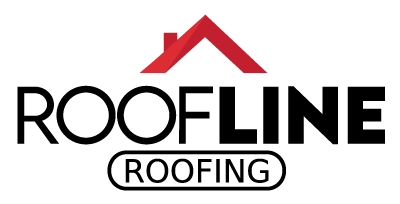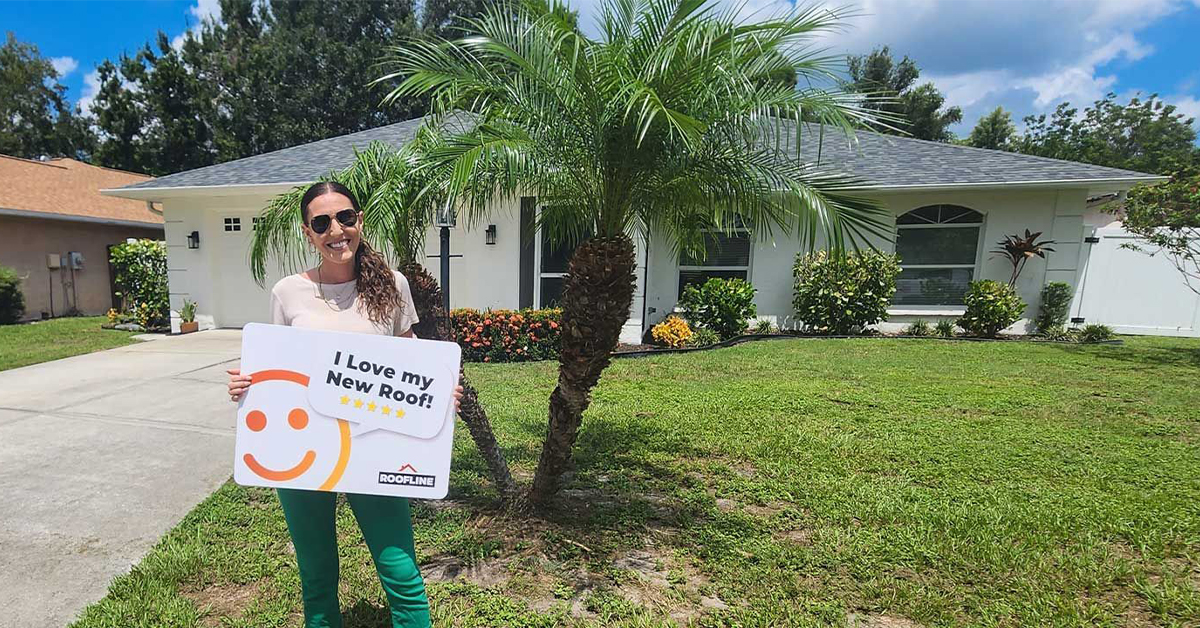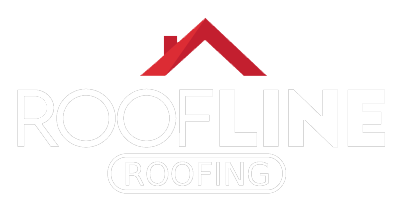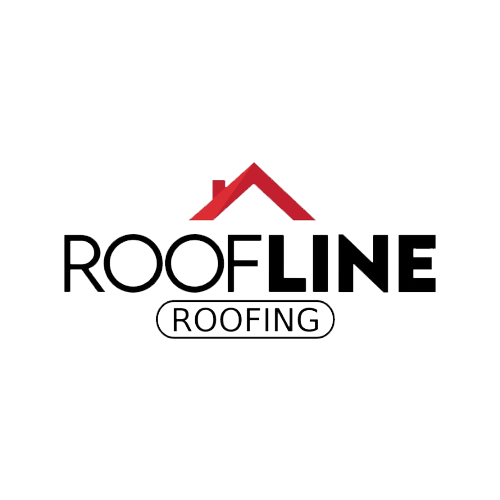Managing a commercial property in Bradenton demands a proactive approach to preserving the building’s structural assets, particularly the roof. Regular roof evaluations can provide crucial insights into the roof’s current state and potential future issues, empowering property managers and business owners to make informed, cost-effective decisions. This education-focused guide examines the critical components of commercial roof assessments, detailing essential inspection areas such as water damage, membrane integrity, and structural performance. By integrating these assessments into regular maintenance routines, property stakeholders can mitigate risks, reduce unexpected repair costs, and ultimately extend their roof’s lifespan, safeguarding their investment.
Budgeting for a roof replacement in Parrish or managing the implementation phase on Longboat Key involves more than just financial planning. It requires a strategic understanding of materials, labor, and timing to ensure each step—from the demolition of old materials to the installation of new ones—is executed efficiently and effectively. This overview breaks down the decision-making process, from choosing quality materials suited to the Florida climate to adhering to safety standards during replacement execution. These insights help property managers balance quality and cost, ensuring a successful roof replacement that enhances property value and long-term savings.
Needs Assessment: Evaluating Your Current Roof’s Condition
A roof evaluation can be a game-changer for managing maintenance costs and extending the life of your roof. For those responsible for commercial properties in Bradenton, comprehending the significance of regular roof assessments is crucial. These evaluations reveal not only the immediate state of your roof but also predict future maintenance needs, preventing costly repairs down the line.
A commercial roof assessment in Bradenton involves several critical steps. Trained professionals inspect various components of the roofing system, ensuring no corner is overlooked. They meticulously examine for leaks, structural weaknesses, and weather-related damage. This process is essential given Bradenton’s climate, where high temperatures and frequent storms can severely impact roofing materials over time.
For business owners and property managers, understanding the assessment process reduces apprehensions related to potential damage or unexpected repair bills. Knowing what professionals look for in a commercial roof assessment provides invaluable insight, allowing property administrators to prioritize maintenance tasks and budget effectively.
**Identifying Water Damage and Leaks**
Water intrusion is a common problem in commercial roofing systems, particularly during South Florida’s rainy season. Even a minor leak can soon turn into extensive damage affecting the structural integrity of the building. During an assessment, inspectors search for signs of water infiltration such as water stains, mold, or soft spots. According to the National Roofing Contractors Association, identifying and fixing these risks early can prevent major damage and save significant costs in repairs.
**Inspecting Membrane Integrity**
The membrane, often a single-ply material, is the main waterproof element of a commercial roof. Aging, exposure to UV rays, and physical stress can cause tears or punctures in the membrane, which inspectors focus on detecting. Even small tears can lead to larger problems if not identified quickly. Roofing professionals often use infrared surveys to find hidden membrane breaches, a technique highlighted for its effectiveness by the International Roofing Expo.
**Evaluating Flashing and Vents**
Flashing and vents are vulnerable spots on any roof, susceptible to strong winds and water pooling. During assessments, inspectors ensure that these components are securely fastened and properly sealed. If damaged, these areas could allow moisture to seep in, potentially leading to interior damage. A report from the Roofing Industry Alliance for Progress indicates that ineffective flashing is a primary cause of leakage in commercial roofs.
**Assessing Structural Performance**
Beyond the layers of material, a roof is part of a larger structural system that supports weight and withstands weather forces. Inspectors examine any sagging sections, which may suggest structural weakening. They also check for rust in metal components. The American Institute of Steel Construction emphasizes the importance of maintaining these metal structures to prevent failure and expensive corrective work.
**Evaluating Drain and Gutter Systems**
Effective drainage is a major concern in Bradenton due to heavy summer rainfall. Inspectors assess gutter systems for obstructions that can prevent water from draining properly. U.S. Environmental Protection Agency guidelines suggest regular cleaning of these systems to ensure unobstructed water flow, lowering the risk of water build-up and potential leaks.
**Considering Roofing Material Longevity**
Different roofing materials have varying lifespans. For instance, EPDM roofs might last up to 25 years, while a TPO roof might require replacement sooner under harsh conditions. An understanding of material aging assists in planning for future replacements. Roofing professionals often calculate remaining lifespans during assessments, helping businesses forecast budget needs for replacement operations.
Understanding these critical aspects of a roof assessment equips business owners and property managers to make informed decisions that uphold their building’s integrity. Regularly scheduled assessments not only protect property investments in Bradenton from the elements but also enhance operational efficiencies and prolong the life of current roofing systems. Recognizing the condition and needs of your roof allows for actions that can prevent a minor issue from developing into a significant problem.
Budget Planning: Balancing Costs and Quality
Budgeting for a roof replacement is a critical task for property managers in Parrish. The balance between maintaining quality and managing costs can be daunting but achievable with an informed approach.
To begin with, consider a detailed evaluation of your current roofing situation. Leaks or visible damage can indicate immediate repair needs, while minor issues might be addressable with regular maintenance. The cost of repairs versus the anticipated lifespan of a replacement is pivotal; investing in small repairs can prolong the life of your roof and delay the need for a replacement.
Next, you should gather multiple estimates. By obtaining quotes from various reputable roofing contractors, you can gauge reasonable pricing and spot outliers. It’s important to remember that the cheapest option may not always offer the best quality. A bid that’s significantly lower might cut corners on materials or craftsmanship, leading to higher maintenance costs in the future. The Florida Roofing and Sheet Metal Contractors Association recommends choosing contractors with established reputations, holding adequate licensure and insurance, and providing solid warranties.
Choosing quality materials is another valuable consideration. Different roofing materials present varied cost-benefit profiles. Asphalt shingles, for example, are generally more affordable but may offer a shorter lifespan compared to metal or tile. Given Parrish’s climate, considering materials resilient to heat and heavy rainfall can safeguard against weather-induced damage. A study by the National Association of Home Builders found that high-quality roofing materials not only last longer but also provide better energy efficiency, potentially reducing cooling costs in Florida’s hot climate.
Understand the cost structure laid out in each bid. Materials, labor, and contingency for unforeseen issues are typical components. A clear breakdown helps identify where you might economize without sacrificing quality. For instance, coordinating the timing of your project can impact labor costs. Off-peak seasons might offer lower rates or greater availability of experienced roofers.
Factor in potential energy savings and tax incentives. Certain roofing materials come with Energy Star certification, contributing to reduced cooling needs and offering tax rebates. As highlighted by Energy.gov, cool roof technologies can reduce rooftop temperatures by up to 50 degrees Fahrenheit, slashing summer energy usage by up to 15%. This long-term reduction in utility expenses can balance the higher upfront costs of premium materials.
Moreover, consider setting aside a portion of your budget for preventive maintenance. A roof that is regularly inspected and maintained is less likely to suffer from unexpected, costly damages. As demonstrated by the International Facility Management Association, proactive maintenance reduces overall facility costs by maintaining system performance and extending life cycles.
Lastly, evaluate warranties. Materials and installations may come with manufacturer and contractor warranties. Longer warranties often indicate durable products and trustworthy services. Ensure you understand the warranty’s terms; an attractive warranty could save on potential repair costs after installation.
By applying these strategies, business owners in Parrish can effectively plan a roof replacement budget. Balancing quality and cost is possible through an informed, strategic approach, ensuring you invest wisely for both immediate needs and long-term savings.
Execution Phases: From Demolition to Debris Removal
The execution phase of the roof replacement process on Longboat Key is a meticulous endeavor that requires careful planning and execution. Transitioning from demolition to debris removal involves multiple steps that ensure a smooth operation and a successful outcome.
Demolition is the initial and critical step of a roof replacement, involving the removal of old roofing materials. This phase is more than just tearing off shingles or panels; it involves assessing the underlying structure for any damage that needs addressing, the removal of worn materials, and preparing the roof for its new covering. The process includes detaching the roof coverings, flashing, and possibly the underlayment, ensuring the existing roof is stripped to the bare essentials. Careful attention during this phase minimizes the risk of structural damage and potential additional costs. It is essential to follow safety protocols and utilize the right tools and equipment to preserve the structural integrity of the building.
Once demolition is complete, attention shifts to inspecting and preparing any exposed areas. This step is vital for ensuring the new roof has a solid base. During this phase, inspectors identify rot, insect damage, or other potential issues within the wooden decking or structural components. Any compromised sections are repaired or replaced to prevent future leaks and ensure the longevity of the new roof. This step provides crucial insight into necessary reinforcements or repairs that should be factored into project timelines and budgets.
After the structure is verified and secured, the installation of the new roofing materials begins. This phase involves placing underlayment, such as roofing felt or a synthetic moisture barrier, followed by the actual roofing material chosen—be it shingles, tiles, or metal panels. Each type of material requires specific techniques for installation, such as precise alignment, correct fastening methods, and adherence to manufacturer guidelines to ensure warranty validity. The installation step is where the aesthetic qualities of the new roof become apparent, making it essential for contractors to follow design specifications accurately.
The process concludes with efficient debris removal and site clean-up. This involves the safe and environmentally responsible disposal of old materials, nails, and construction debris. A clean worksite ensures safety and leaves a professional impression on the property owners. Engaging with recycling initiatives where possible not only benefits the environment but can result in cost savings on disposal fees. Utilizing tarps or nets during demolition can simplify the clean-up phase, capturing debris and preventing it from spreading across the property.
Understanding each of these phases enhances not only the efficiency but also the success of a roof replacement project on Longboat Key. Each step, from meticulous demolition to thorough cleaning, contributes to a project that meets or exceeds expectations, securing client satisfaction and maintaining the property’s structural integrity.
You might be asking
What factors should be considered when planning a commercial roof replacement?
When planning a commercial roof replacement, important factors include budget, roofing material choice, building structure, and local climate. Also, consider the timing to minimize disruptions to your business operations.
How can downtimes be minimized during a roof replacement project?
To minimize downtimes, schedule the project during off-peak business hours or slow seasons. Regular communication with your roofing contractor is crucial to ensure efficient planning and execution.
What are best practices for ensuring a successful commercial roof replacement?
Best practices include selecting a reputable roofing contractor, conducting thorough inspections before and after the replacement, and adhering to recommended maintenance schedules post-replacement. Keeping up with building codes and warranties is also important for long-term success.
Next Steps
Preparing for a roof assessment or replacement is an opportunity to enhance property durability and financial foresight. Engaging with a knowledgeable contractor allows you to accurately assess the current condition of your roofing system and consider vital aspects like material longevity, maintenance needs, and energy efficiency benefits. By prioritizing routine inspections, you’re not only working to extend the life of your existing roof but also strategically planning for future investments, balancing quality with cost-effectiveness.
As you contemplate your next steps, consider contacting Roofline Roofing for a complimentary consultation. Their seasoned professionals are equipped to assess your specific roofing needs, offer tailored recommendations, and assist in achieving both immediate and long-term roofing goals. Make an informed choice today to secure not just your roof, but your peace of mind.
Contact Us
Use the form below to contact us or to schedule a free consultation.
I would highly recommend Roofline Roofing for any roofing needs. As a fellow business owner, their professionalism and efficiency stood out. They provided quality service, completed the job on time, and their pricing was fair. Very satisfied with their work!
-- Logan L.




